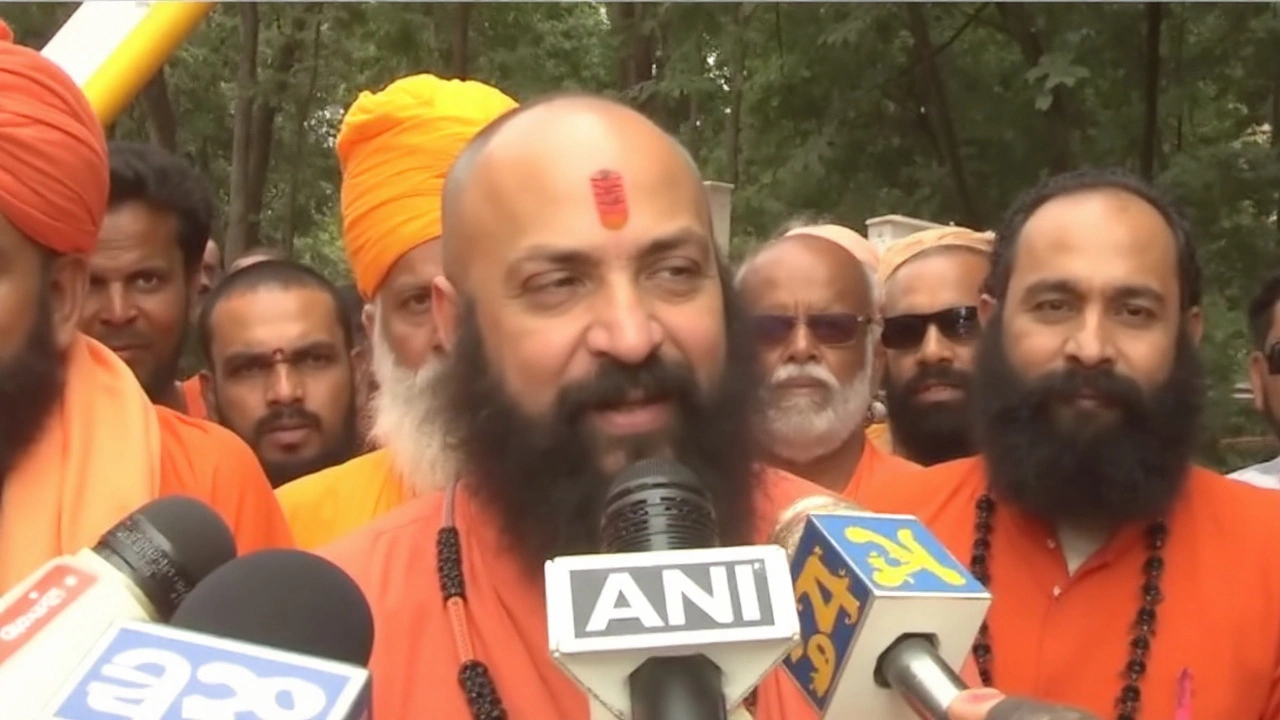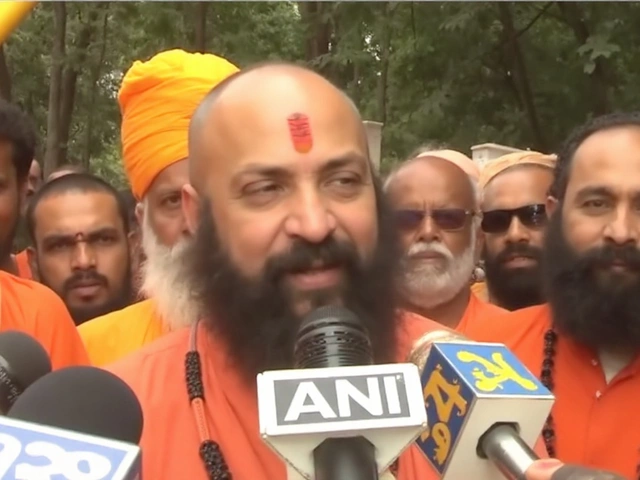Jammu and Kashmir After Article 370: Tourism Booms But Job Concerns and Security Issues Remain

Jammu and Kashmir’s New Chapter: Changes Since Article 370
Back in August 2019, the Indian government made one of its biggest moves by scrapping Article 370—the law that gave Jammu and Kashmir a special status. The territory was then split, with Jammu & Kashmir and Ladakh becoming separate Union Territories. The decision was supposed to bring peace, more jobs, and better growth. Six years down the line, the region looks a bit different, but not everyone agrees on whether things have really improved.
The central government quickly set to work, launching job schemes aimed at the region’s young people. So far, there are more training centers and programs meant to boost IT skills, startups, and small businesses. But ask anyone on the street in Srinagar or Jammu, and you’ll still hear frustration about unemployment. Without the protective local laws that existed before, outside companies are moving in. Some say this is good for competition and creates new opportunities, while others feel local business owners are losing ground.
- Central job programs launched for youth and entrepreneurs
- Many jobs still out of reach for locals, despite new companies entering
- Locals worry about unfair competition from outside investments
But there’s another side to the story—tourism. Once known for curfews and clashes, parts of Kashmir are now famous for packed houseboats and busy markets. Visitors have started returning in big numbers, with some areas reporting more tourists than they’ve seen in decades. New roads, upgraded highways, and fancy resorts mean travelers can get around much more easily. For many families, this means stable income for the first time in years. Yet, it’s not all smooth—the real question is whether tourism brings long-term benefits or just seasonal jobs that dry up fast.
Security, Infrastructure, and the Ever-Changing Political Game
No one can forget the security crackdown that happened right after Article 370 was removed. Soldiers patrolled streets, internet and phone shutdowns became common, and checkpoints popped up everywhere. Today, things feel more relaxed, but a heavy security presence remains. The government and its supporters claim this has led to less violence and a safer environment, but critics argue it’s just made day-to-day life harder and silenced political voices.
Infrastructure has gotten a major boost, especially through the Jammu and Kashmir Reorganisation Act. New roadways, bridges, and even tunnels are popping up, and there’s more reliable electricity in many areas. While these improvements are visible, plenty of locals feel left out when it comes to the actual planning. Major decisions are made in New Delhi rather than Srinagar or Leh, and that sense of powerlessness fuels resentment.
- Government invested in public utilities, roads, and recreation spots
- Locals complain about decisions being centralized and limited say in projects
The big political picture is still tense. Former state leaders were detained after the changes, and the promise to restore Jammu and Kashmir’s statehood is still hanging. In 2023, the Supreme Court upheld the government’s decision, closing the legal debate but not the political one. For many, the loss of local autonomy stings more than ever. The region remains in limbo—caught between new roads, crowded tourist spots, and the question of who’s really benefitting from all this change.
